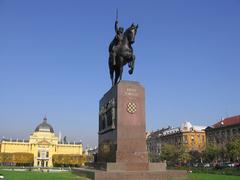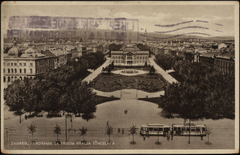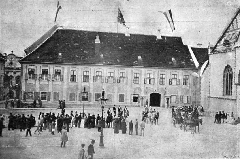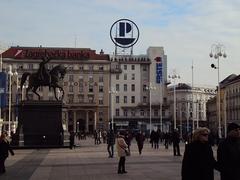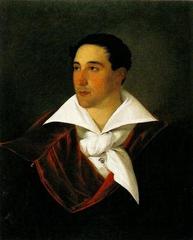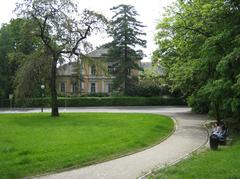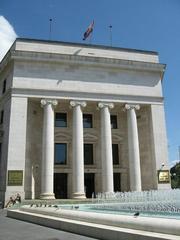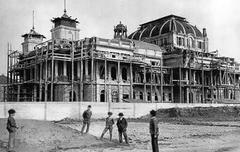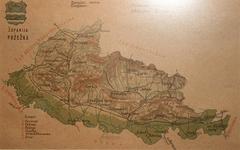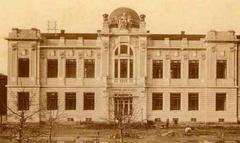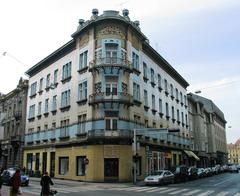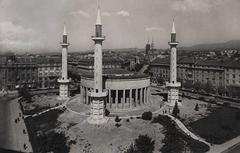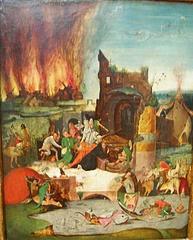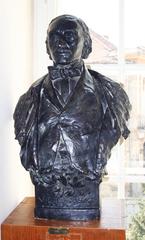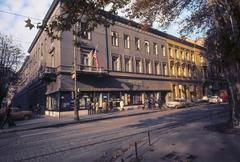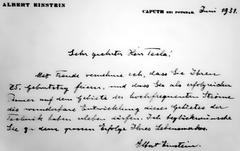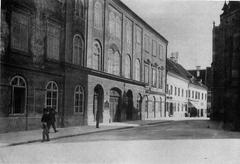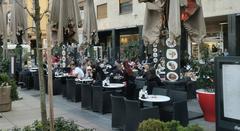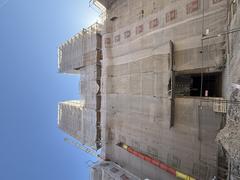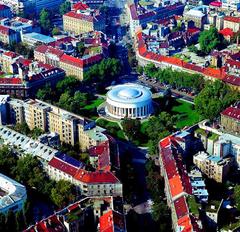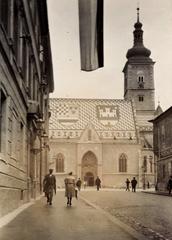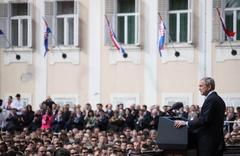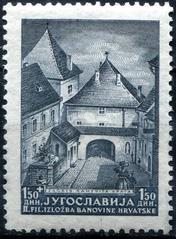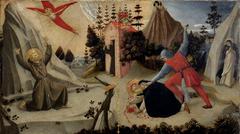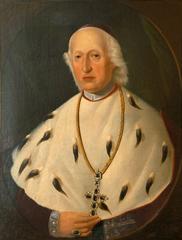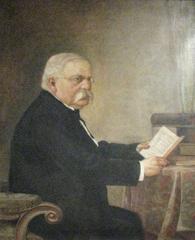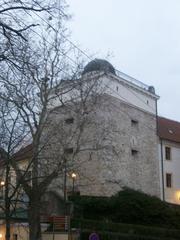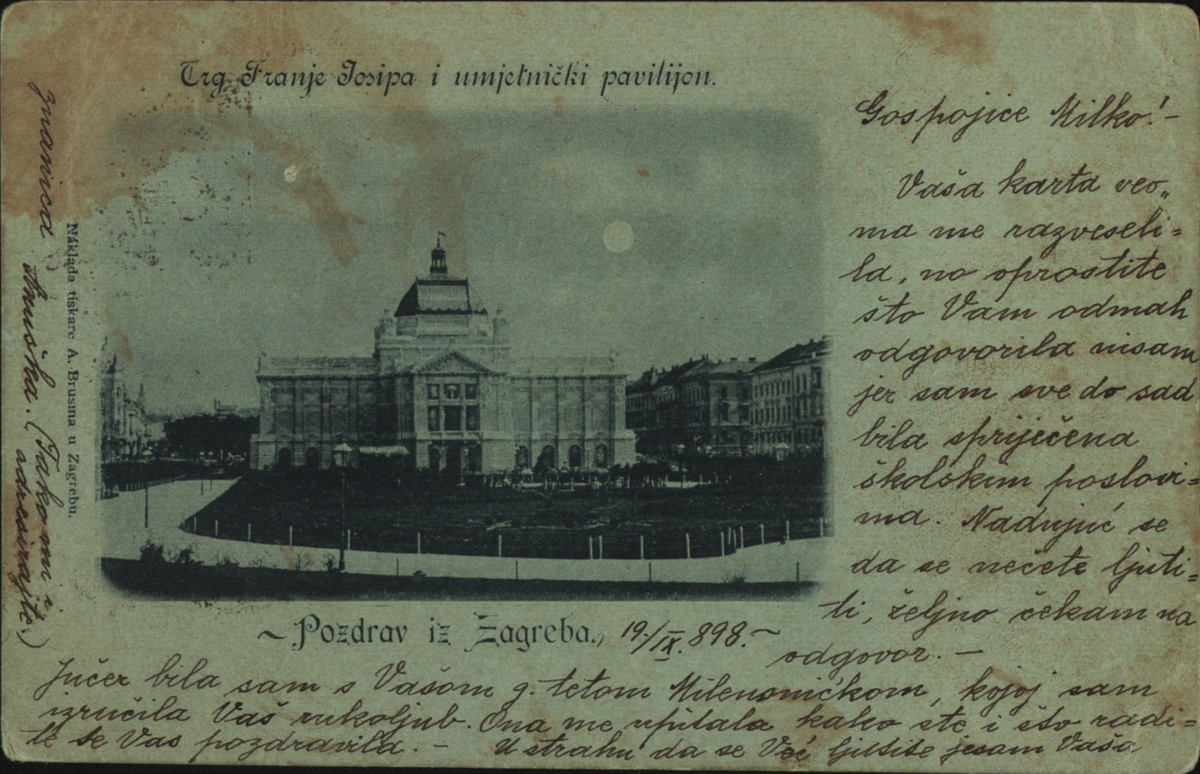
Art Pavilion Zagreb: Visiting Hours, Tickets, and Historical Sites Guide
Date: 14/06/2025
Introduction
Nestled in the vibrant heart of Zagreb on King Tomislav Square, the Art Pavilion (Umjetnički paviljon) is an architectural and cultural icon that has defined Croatian art for over a century. Established in 1898, its distinctive yellow façade and blend of neo-classical and neo-baroque style make it an unmissable landmark. Beyond its striking appearance, the Pavilion is celebrated for its pioneering prefabricated iron skeleton—originally constructed for the 1896 Millennium Exhibition in Budapest and later relocated to Zagreb at the behest of painter Vlaho Bukovac. It symbolizes not only an era of artistic innovation, but also a national aspiration to present Croatian art on the global stage (TravelTriangle; Museu.ms).
Throughout its history, the Art Pavilion has hosted over 700 exhibitions, featuring both Croatian masters and international luminaries such as Andy Warhol, Auguste Rodin, and Henry Moore. Its flexible, light-filled interior—modeled after the Kunsthalle tradition of Berlin and Vienna—remains ideal for a diverse array of temporary exhibitions. The Pavilion has become a dynamic hub for rotating exhibitions, educational programs, and special events, contributing significantly to Zagreb’s cultural landscape (Zagreb.com.hr; radiozagreb.com).
As of June 2025, the Pavilion remains closed to the public due to earthquake damage suffered in 2020, with restoration efforts ongoing (Museu.ms; Art Pavilion official website). This guide provides detailed information on visiting hours, ticketing, accessibility, nearby attractions, and the historical and cultural significance of the Art Pavilion Zagreb.
Table of Contents
- Origins and Founding Vision
- Architectural Significance
- Role in Croatian Modern Art and Cultural Identity
- Notable Exhibitions and International Connections
- Restoration and Resilience
- Practical Visitor Information
- Central Role in Zagreb’s Cultural Life
- Legacy and Continuing Influence
- Frequently Asked Questions (FAQ)
- Plan Your Visit
- Visuals and Interactive Elements
- Explore More in Zagreb
- Summary and Visit Tips
- Sources and Further Reading
Origins and Founding Vision
The Art Pavilion’s story begins in the late 19th century, amid a surge of national consciousness within the Austro-Hungarian Empire. Inspired by the renowned Croatian painter Vlaho Bukovac, Croatian artists sought a space to showcase their work internationally. The solution was a cutting-edge prefabricated pavilion, first used for the 1896 Millennium Exhibition in Budapest, where it represented Croatian art to a wider European audience (TravelTriangle; Museu.ms).
After the exhibition, the innovative iron skeleton was dismantled and transported to Zagreb. Viennese architects Ferdinand Fellner and Hermann Helmer oversaw its reconstruction and adaptation, culminating in the Pavilion’s grand opening in 1898 as Southeast Europe’s first purpose-built art exhibition venue (radiozagreb.com; e-a-a.com).
Architectural Significance
Neo-Classical and Neo-Baroque Influences
The Pavilion’s exterior combines neo-classical symmetry and grandeur with neo-baroque ornamentation, most visible in its vibrant yellow façade, grand portico, and sculptural tributes to artists like Michelangelo, Raphael, and Titian (Historic Hotels of Europe).
Prefabricated Iron Skeleton
At the heart of the Pavilion’s innovation is its prefabricated iron framework—a rarity at the time—allowing for both its relocation and a spacious, adaptable interior ideal for art exhibitions (Wikipedia; e-a-a.com).
Glass Roof and Natural Lighting
The expansive glass roof floods the interior with natural light, creating a luminous atmosphere that enhances the viewing of artworks and supports diverse exhibition layouts (radiozagreb.com).
Monumental Scale and Interior Layout
The Pavilion’s open-plan, “Kunsthalle”-style interior features high ceilings and wide galleries, made possible by the iron structure’s minimal internal supports (muzeji.hr). This flexibility has enabled the Pavilion to host both large-scale retrospectives and experimental contemporary installations.
Role in Croatian Modern Art and Cultural Identity
Since its founding, the Art Pavilion has played a central role in the evolution of Croatian modern art. Its inaugural exhibition—the Croatian Salon of 1898—launched a new era of artistic dialogue and innovation, fostering the Croatian Moderne movement and providing a platform for socially engaged groups like Zemlja (the Earth Group) (Museu.ms).
The Pavilion has served as a forum for introducing European avant-garde trends to Zagreb and championing national cultural identity, continually reflecting and shaping the city’s artistic aspirations.
Notable Exhibitions and International Connections
The Art Pavilion has hosted over 700 exhibitions, featuring works by Croatian luminaries such as Ivan Meštrović, Ljubo Babić, and Edo Murtić, as well as international icons like Käthe Kollwitz, George Grosz, Henry Moore, Auguste Rodin, Andy Warhol, and Joan Miró (TravelTriangle; Museu.ms). Its collaborative approach and openness to global artistic currents have cemented its reputation as a cosmopolitan center for the arts.
In 2005, the Pavilion embraced digital innovation with a CD-ROM virtual tour, and more recently, it has continued to present digital exhibitions and virtual programming during periods of closure (TravelTriangle).
Restoration and Resilience
The Pavilion has undergone several major restorations, most notably in 2013, which addressed the aging ironwork, glass roof, and decorative façades (muzeji.hr). Recognized as a protected cultural monument, its preservation is a priority for Croatian heritage authorities (radiozagreb.com).
In March 2020, the Pavilion suffered significant earthquake damage and remains closed for restoration as of June 2025. Despite this, its mission has continued through exhibitions at alternative venues and digital platforms, demonstrating resilience and ongoing cultural relevance.
Practical Visitor Information
Visiting Hours
- Typical hours: Tuesday–Sunday, 11:00 AM–7:00 PM (closed Mondays and public holidays).
- Note: Due to ongoing restoration, visiting hours may vary. Always check the official website for current details.
Tickets and Admission
- Standard ticket: 30–50 HRK (varies by exhibition)
- Discounts: Students, seniors, groups; children under 7 often free
- Family ticket and Zagreb Card discounts: Available on select exhibitions
- Purchase: At the entrance or online via the official website
Accessibility
The Pavilion is wheelchair accessible with ramps, elevators, and adapted restrooms. Assistance is available upon request.
Guided Tours and Special Events
Guided tours, workshops, and educational programs are regularly offered and can be booked in advance, often available in multiple languages. The Pavilion also participates in key city events such as Advent and Zagreb Summer Evenings.
Photography
Personal, non-flash photography is generally allowed in public areas. Restrictions may apply during certain exhibitions—please inquire on-site.
Central Role in Zagreb’s Cultural Life
Centrally located on King Tomislav Square, the Pavilion is a focal point in Zagreb’s cultural district and is easily accessible via tram and train. Its proximity to major institutions—such as the Modern Gallery, Croatian National Theatre, and Zagreb Cathedral—makes it an ideal starting point for exploring the city’s rich artistic and historical heritage (Zagreb.com.hr; Historic Hotels of Europe).
The Pavilion’s educational initiatives and community engagement programs further cement its role as a vibrant hub for art appreciation and cultural exchange.
Legacy and Continuing Influence
For over 125 years, the Art Pavilion has been more than a venue—it is a symbol of Croatia’s modern cultural journey, embodying the intersection of European artistic currents and national identity (Museu.ms). Its commitment to both tradition and innovation ensures its continued relevance and influence on future generations.
Frequently Asked Questions (FAQ)
Q: What are the Art Pavilion Zagreb visiting hours?
A: Usually Tuesday to Sunday, 11:00 AM–7:00 PM; closed Mondays. Check the official website for restoration updates.
Q: How much do tickets cost?
A: Standard adult tickets range from 30–50 HRK. Discounts for students, seniors, and families; free for children under 7.
Q: Is the Pavilion accessible for people with disabilities?
A: Yes, with ramps, elevators, and adapted facilities.
Q: Are guided tours available?
A: Yes, book in advance via the official website.
Q: Can I take photographs inside?
A: Non-flash photography is generally permitted in public areas unless otherwise noted.
Q: Is the Pavilion open now?
A: As of June 2025, it is closed for restoration due to earthquake damage. Check the official website for reopening information.
Plan Your Visit
When planning your trip, always verify the Pavilion’s current status and exhibition schedule on the official website. Consider combining your visit with nearby attractions such as the Modern Gallery, Botanical Garden, and Croatian National Theatre for a full cultural experience.
Visuals and Interactive Elements
High-quality images of the Pavilion’s architecture and exhibitions, as well as virtual tours, are available on the official website. Interactive maps and multimedia resources support trip planning and enrich your understanding of the Pavilion’s legacy.
Explore More in Zagreb
Summary and Visit Tips
The Art Pavilion Zagreb is much more than an exhibition space—it is a testament to Croatian resilience, artistic achievement, and architectural innovation. Its unique history—from a temporary structure in Budapest to a cornerstone of Southeast European art—reflects the evolution of Zagreb itself. Despite challenges such as the 2020 earthquake, the Pavilion continues to adapt, inspire, and engage audiences through digital platforms and community outreach.
When planning your visit, stay informed about restoration progress and make time to explore the Pavilion’s central location within the Lenuci Horseshoe. The surrounding cultural institutions and green spaces offer a rich context for a rewarding Zagreb experience (Museu.ms; TravelTriangle; Zagreb.com.hr; Historic Hotels of Europe).
Sources and Further Reading
- Art Pavilion Zagreb: Visiting Hours, Tickets, and a Rich Historical Journey, 2025, TravelTriangle
- Art Pavilion in Zagreb, 2025, Museu.ms
- Admire the Art Pavilion, 2025, Zagreb.com.hr
- Admire the Art Pavilion, 2025, RadioZagreb
- Art Pavilion Zagreb Official Website, 2025
- Art Pavilion Zagreb Visitor Information, 2025, Historic Hotels of Europe
For up-to-date information, always consult the Art Pavilion Zagreb official website before planning your visit.

